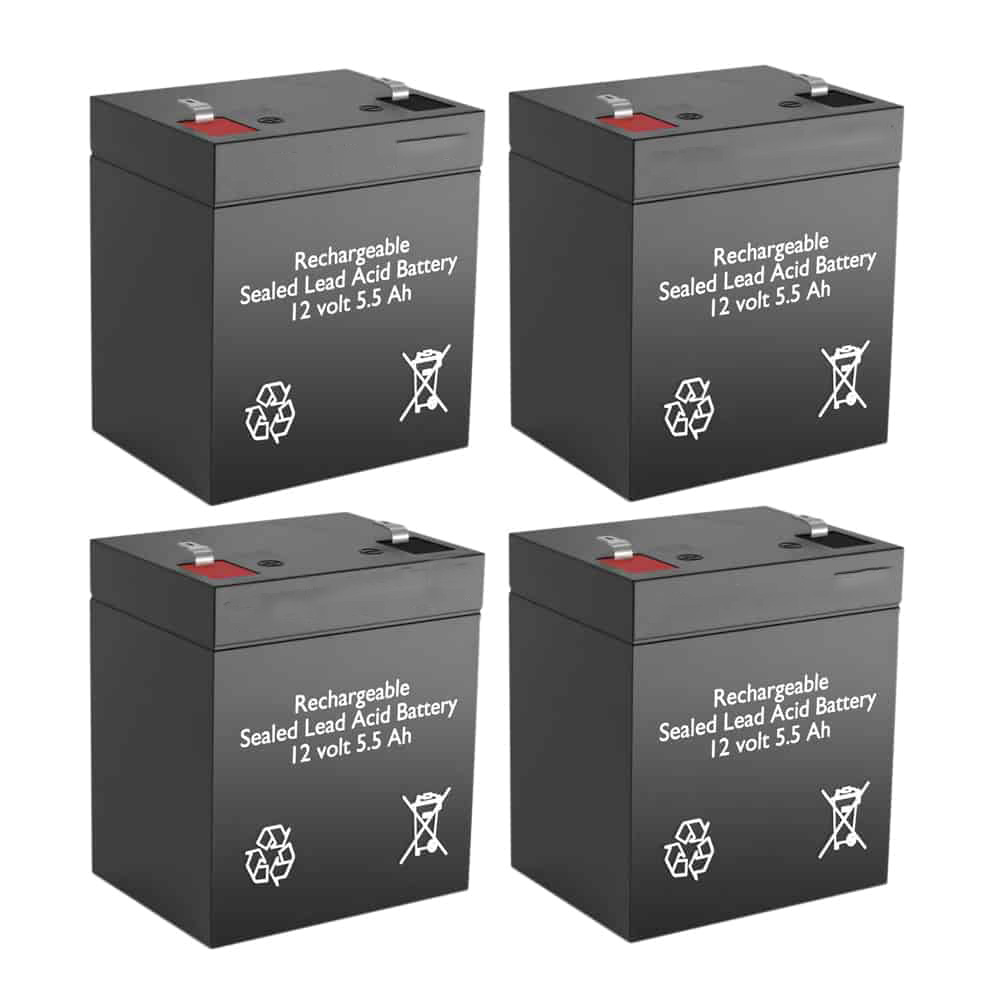Yes, lead-acid batteries may require cooling, especially in certain operating conditions or applications where heat generation is significant. Cooling helps to maintain the battery within its optimal temperature range for efficient and safe operation.
- High Temperatures: Lead-acid batteries can generate heat during charging and discharging cycles, especially in high-current applications or during rapid charging. Elevated temperatures can accelerate chemical reactions within the battery, potentially leading to reduced battery life and performance. Cooling helps dissipate this heat and keep the battery within its recommended temperature limits.
- Thermal Runaway Prevention: In extreme cases, such as when a battery is subjected to overcharging or short-circuit conditions, excessive heat generation can occur, leading to thermal runaway. Thermal runaway is a dangerous condition where the battery’s temperature increases rapidly, potentially causing the electrolyte to boil and the battery to vent or even explode. Cooling systems can help mitigate the risk of thermal runaway by dissipating heat and maintaining the battery within safe temperature limits.
- Climate and Environmental Conditions: In hot climates or environments with limited airflow, batteries can experience elevated temperatures even during normal operation. Cooling systems, such as air or liquid cooling, can help regulate the battery’s temperature and prevent overheating.
- High-Rate Discharge Applications: Lead-acid batteries used in high-rate discharge applications, such as electric vehicles or backup power systems, may generate significant heat during operation due to the high current draw. Cooling systems may be incorporated into these applications to manage the heat generated and maintain battery performance.
Cooling methods for lead-acid batteries can vary depending on the application and specific requirements. Common cooling techniques include natural convection cooling (allowing heat to dissipate into the surrounding environment), forced air cooling (using fans or blowers to enhance airflow), and liquid cooling (circulating a coolant through channels or heat exchangers within the battery). The choice of cooling method depends on factors such as the battery’s size, power requirements, environmental conditions, and desired level of thermal management.


